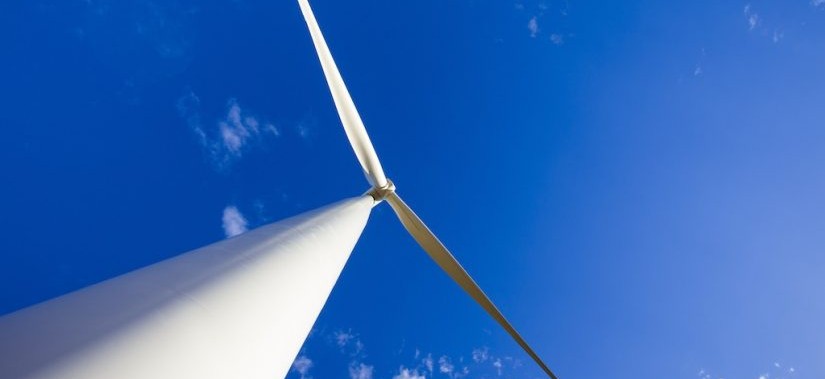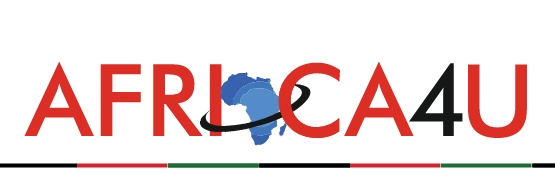(3 Minutes Read)
Standard Bank, Africa’s largest financial institution by assets, has partnered with French renewable energy developer InnoVent SAS to finance a milestone wind energy project in Southern Africa. The collaboration is channelling NAD1.9 billion into the development and construction of the Diaz Wind Project, which is poised to become Namibia’s most prominent wind power facility.
As the sole mandated lead arranger and underwriter, Standard Bank is contributing NAD1.2 billion in senior debt and ancillary financing. This initiative underscores the bank’s leadership in sustainable infrastructure financing and reflects its broader commitment to climate-resilient development across the continent.
Situated near Lüderitz in Namibia’s ǁKaras Region, the Diaz Wind Project will generate 44 megawatts (MW) of renewable energy. Once operational, it is expected to produce approximately 226,969 megawatt-hours (MWh) of clean electricity annually, offsetting around 177,000 tonnes of CO₂ emissions. The project is a strategic step toward reducing Namibia’s heavy reliance on electricity imports and enhancing its energy self-sufficiency through domestic wind resources.
Currently, Namibia imports about 60% of its power from South Africa and other neighbouring countries via the Southern African Power Pool. Blessed with high solar irradiance and strong wind conditions, the country is accelerating its transition to renewable energy in line with its Integrated Resource Plan and Renewable Energy Policy.
“This project reflects a tailored financial solution that addresses both the unique challenges and transformative potential of renewable energy in Namibia. It aligns our sustainability ambitions with tangible environmental and economic impacts,” said Pius Alweendo, Vice President for Energy and Infrastructure Finance at Standard Bank Investment Banking.
Standard Bank has played a foundational role in Namibia’s infrastructure development, having financed the nation’s first utility-scale solar IPP, its first wind IPP, and the national fuel storage facility. The Diaz Wind Project continues this legacy of pioneering investments.
InnoVent SAS, already operating four solar photovoltaic (PV) plants and one wind farm in Namibia with a combined output of 25 MW, is also advancing an additional 93 MW in renewable projects. The Diaz Wind Project marks the company’s largest undertaking in Namibia to date.
“In a market where Standard Bank has deep insight into the complexities of Africa’s energy landscape, they were the natural financial partner for this project. Their structuring expertise and long-term commitment were critical in turning this vision into reality,” said Grégoire Verhaeghe, President of InnoVent SAS.
Marco Triebner, Head of Investment Banking at Standard Bank Namibia, added: “This project is a significant milestone achieved under demanding circumstances. It marks a new chapter in Namibia’s ability to generate renewable energy independently.”
Read Also:
Beyond clean energy generation, the Diaz Wind Project represents a vital investment in Southern Africa’s future energy resilience. As the region grapples with climate challenges and volatile energy markets, projects like this provide a scalable model for sustainable development and long-term energy security.





